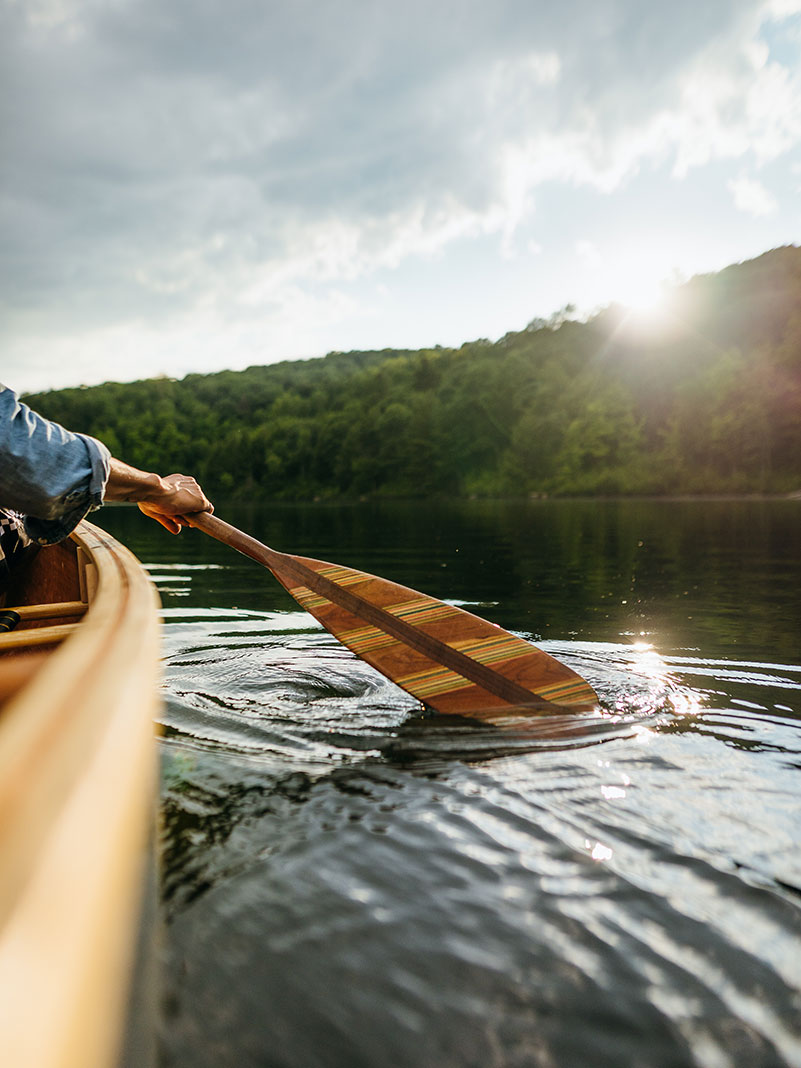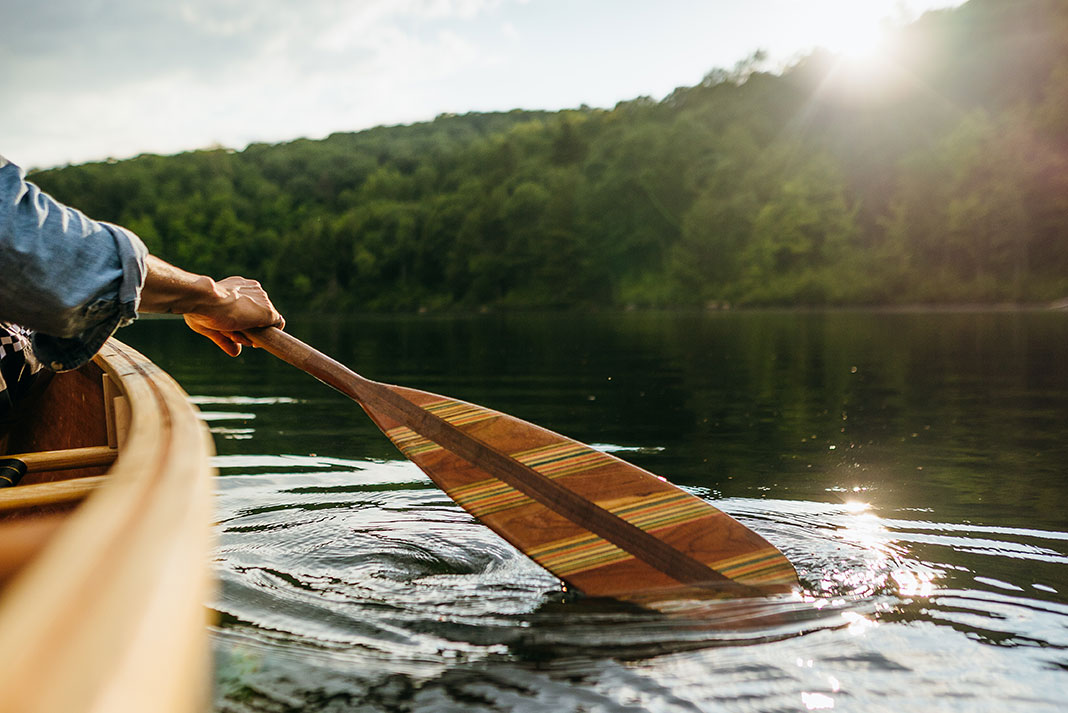Products You May Like
Recently, a newbie canoeist asked a simple question on a social media page dedicated to backcountry travel. “Do I need to bring a spare paddle?” At least, I thought it was a simple question. “It’s the law to equip your vessel with a spare manual propelling device,” I replied. Whomp whomp. I was wrong. My error created a stir.
Contentious backcountry spare paddle guideline divides canoeist community
As it turns out, a majority of canoeists commented they always carry a spare paddle. Whether it was the law or not, it’s just good sense, they said. A few renegades replied they never have and never will. One proclaimed he was a certified canoe instructor—therefore, I guess, he had to be right.

The anti-spare paddle defenses were varied. Some stated you must be a poor paddler to break the only paddle you had—or just unlucky, I thought. Others claimed a spare is smart when trekking in the far north but not needed on wilderness trips closer to home. I tried to imagine anyone using this same argument to rationalize leaving behind a spare tire on a drive of only a few hours.
Many paddlers seemed to have the misguided notion they could easily fix a broken paddle with a couple of inches of duct tape or make a paddle from forest materials. So, I know those commenters haven’t tried. One guy even bragged about creating a makeshift paddle from a plastic kitchen cutting board and a marshmallow stick. Just imagine how this triumph performed.
A spare paddle isn’t just for emergencies
Bringing a spare paddle isn’t just a safety measure; it’s practical. I might opt for a featherweight blade for lakes, but I pull out my burlier spare for swifts and navigating rocky shallows. And for folks who only bring a spare on far north trips—I’ve also heard of paddles swiped totally by accident on busy portages. I’ll tell you this, too: every paddler I know who has broken or lost a paddle on a canoe trip opted to bring a spare on future trips.
The bottom line is that even if you’re Red Green, fashioning a floppy repair is a hassle, and it’s never as good.
Why did I think bringing a spare paddle was a regulation in the first place? The seasoned canoeists I learned from always packed a PFD, whistle, throw line, bailer and waterproof flashlight. Back then, law enforcement didn’t fine you if those safety items weren’t in the canoe the way they do now, but canoeists brought ‘em anyway because it’s common sense.
And those canoeists always brought a spare paddle too.
It’s not illegal to go without, but why?
Whether you place a plastic whitewater blade between your packs, tuck an ottertail behind your seat, or strap a carbon fiber bent shaft under the gunwales with a bungee, a spare paddle is less than a pound and guarantees you can continue on your trip if you snap a shaft, split a blade or twist off a t-grip.
Nope, it’s not illegal to paddle without a spare. But you know what they say. You never want to be up the creek without a…
This article was first published in the Early Summer 2022 issue of Paddling Magazine. Subscribe to Paddling Magazine’s print and digital editions, or browse the archives.
Two paddles is too much of a good thing. Or is it? You have 376 miles to make your argument. Time starts…now. | Feature photo: Taylor Burk
